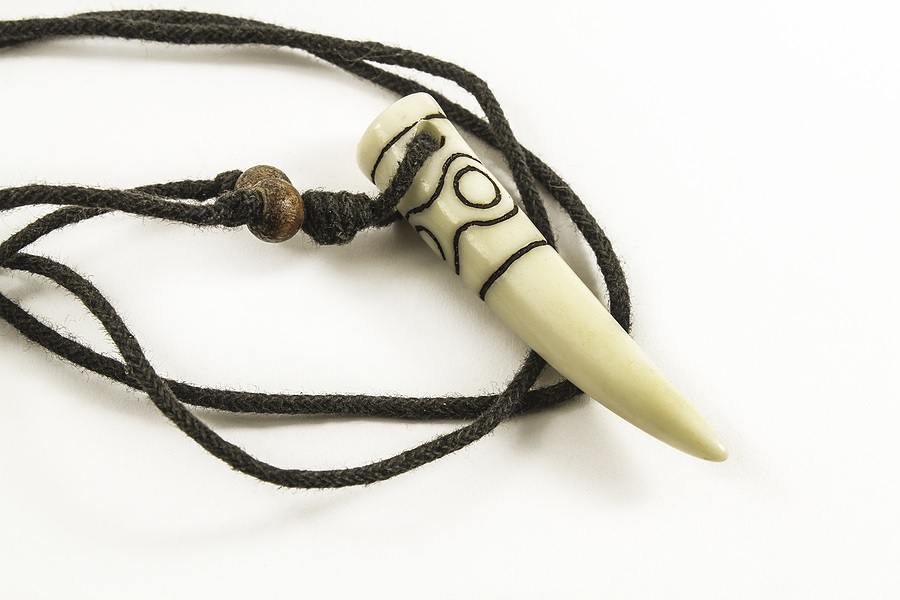Bone carving, an ancient art form, has been a part of human culture for thousands of years. Among the various creations from bone, necklaces hold a special place due to their beauty and the profound symbolism they often carry. This article delves into the intricate world of handcrafted bone necklaces, exploring their history, cultural significance, and the process behind their creation.
Historical Significance of Bone Carving
Bone carving is one of the oldest art forms known to humanity, with roots tracing back to prehistoric times. Early humans used bone, along with wood and stone, to create tools, weapons, and ornaments. Over time, these functional items evolved into intricate works of art. Bone carving necklaces, in particular, were not only decorative but often held spiritual or symbolic significance.
Cultural Importance Across Civilisations
Different cultures have their unique styles and meanings associated with bone carving. For instance, in Maori culture, bone necklaces, known as Hei-Tiki, are considered taonga (treasure) and are believed to hold spiritual significance. Similarly, in various indigenous cultures, bone necklaces have been used in rituals and as symbols of status or achievement.
The Artistry of Bone Necklace Carving
Creating a handcrafted bone necklace requires skill and precision. Carvers start by selecting the right bone, which is often from domesticated animals, to avoid the ethical issues surrounding the use of wild animal bones. The bone is then cleaned, cut into the desired shape, and meticulously carved with traditional tools or modern instruments. The process can take several hours to several days, depending on the complexity of the design.
Symbolism in Bone Necklaces
Each bone necklace often tells a story or symbolises certain values such as strength, prosperity, or protection. The designs can range from simple geometric patterns to elaborate depictions of animals or deities. The symbolism of these necklaces can vary greatly depending on the culture and the beliefs associated with it.
Modern Adaptations and Trends
Today, bone carving necklaces have gained popularity worldwide, transcending cultural boundaries. Modern adaptations of these necklaces blend traditional techniques with contemporary designs, making them appealing to a broader audience. They are valued not only for their aesthetic appeal but also for their connection to ancient traditions and craftsmanship.
Sustainable Practices in Bone Carving
With increasing awareness about sustainability and ethical practices, bone carvers and artisans are now more mindful about sourcing materials. There’s a growing emphasis on using ethically sourced and sustainable materials, ensuring that the art form respects animal welfare and environmental concerns.
Choosing the Right Bone Necklace
For those interested in purchasing a bone carving necklace, it’s essential to consider factors like the origin of the bone, the symbolism of the design, and the craftsmanship. Supporting artisans who practice sustainable and ethical carving is also crucial in preserving this ancient art form.
For anyone interested in this subject, a look into the rise of eco-friendly artisan necklaces will give consumers a chance to see how the sustainability trend continues to build momentum among key areas of the market.
Conclusion
Bone carving necklaces are more than just ornamental pieces; they are a testament to human creativity and our connection to ancient traditions. These products carry with them stories and symbolism that resonate across different cultures and time periods.
In a world where mass-produced jewellery is the norm, a handcrafted bone necklace design stands out for its uniqueness, cultural significance, and the skill involved in its creation.
As we appreciate and wear these beautiful pieces, we carry forward a legacy of artistry and cultural heritage that has been passed down through generations.



